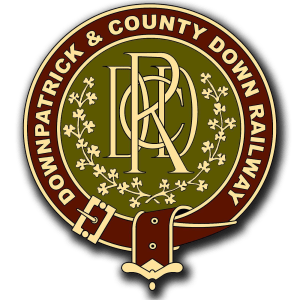| At a glance: | |
|---|---|
| Builder: | Harland & Wolff |
| Build date: | 1929 |
| Original company: | London, Midland & Scottish Railway (Northern Counties Committee) |
| Withdrawal date: | 1983 |
| Final company: | Northern Ireland Railways |
| Arrived at DCDR: | 1987 |
| Current status: | Stored |
| Current owner: | DCDR |
In 1929, the Northern Counties Committee began introducing covered parcels wagons on some of its passenger trains. These wagons were built in waves, with the last being introduced in 1947. In total, 25 were built, with the running gear and frames being built by Harland & Wolff and the wooden sides being added by the NCC themselves.
DCDR has in its collection four of these wagons, more commonly known as ‘Brown Vans’. They take this name from the bauxite brown livery they carried in NCC days, and continued to be known as such even after they were repainted green by the Ulster Transport Authority. They are looked back on today as a distinctive staple of the Larne and Derry lines, synonymous with the NCC, and perhaps one of the best-known examples of Irish goods rolling stock.
Though rather utilitarian and austere, the Brown Vans were very effective at their job, and their spacious interiors accommodated even the most cumbersome of luggage. Multiple vans were often used on a train, especially around the 12th of July when sudden influxes of Lambeg drums tended to take up space. They could also be commonly seen on boat trains to and from Larne, a route they continued to work even into NIR days. Eventually NIR started withdrawing the Brown Vans, and they were all gone by the mid 1980s after they were made redundant by the introduction of Red Star Parcels container flat wagons.
DCDR acquired its four wagons in 1987, originally as a source of underframes but it wasn’t long before they were being put to use as covered storage. One of our Brown Vans is currently green, whilst two others have been grey and even yellow during their time at DCDR, proving once and for all that names can certainly be deceptive! The numbers and build dates of our Brown Vans are as follows: 667 (1929), 674 (1932), 687 (1947), 688 (1947). All are currently stored out of service, and though they are no longer suited to DCDR’s operational requirements we hope to cosmetically restore at least one of them for display in any potential future expansion of our museum.
